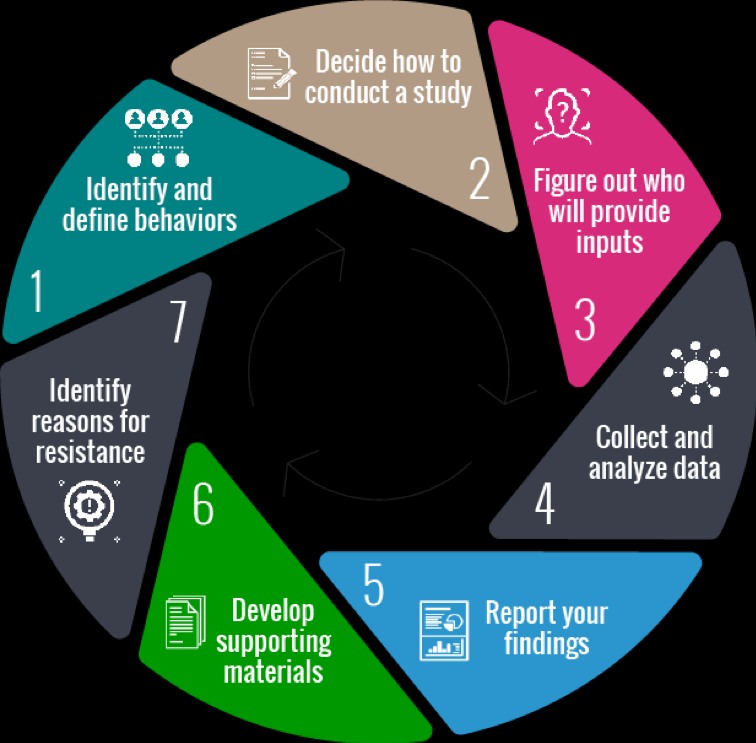Geoff Hart’s book, Implementing Onscreen Editing, is a companion to his previous release of Effective Onscreen Editing. The book could be a useful resource for editors and managers who are helping organizations move into non-paper-based editing processes, along with guidance for estimating work hours and the time it’ll take to manage resistance to change.
Implementing Onscreen Editing is written in a more academic style, so it likely won’t be what you use as a quick-hit guidebook. But if you work in science and engineering, where there are rigorous standards related to research and publishing, you’ll find practical applications for managing change and helping people work through better editing processes and technologies.
Many organizations are used to onscreen editing these days, but there are always opportunities to improve the process, minimize risk, improve productivity, and manage change. You can get a deeper understanding of editors’ work and how writing and editing impact organizations. The messages he conveys in this book have been proven to work well in his experience in large scientific and engineering research institutes.
Hart begins the book with a framework to help you focus on change factors and management. A visual representation of the items in the framework is shown below.

Geoff contends that as you work through change and resistance in the organization, you should be ready to account for both quantitative and qualitative factors. Related to editing tasks, quantitative factors are at least somewhat objective rather than subjective, including the time required to complete the editing process of a manuscript. Qualitative information may come from feedback based on how the stakeholders or subject matter experts react and feel about changing their editing process and technology.
Geoff identifies a key element to note during interviews: whether or not the fear is realistic (for example, fear of losing a job because of efficiencies wiping out the need for every editor). For change to happen respectfully/willingly, it just matters that the fear exists, and that you can confirm meaning and understanding instead of making assumptions.
Also key to organizational efforts to manage change is to help the organization implement smaller, more manageable and less intimidating tasks that are less intimidating that can be completed with lower risk of failure. Even better if you can enlist team members to support finding solutions rather than just rigidly supplying them.
Throughout the book, Geoff describes factors and fears that happen when the editing processes and technologies change. Sometimes people are afraid of changes because they worry about job security, i.e., “If I do this work faster, does it mean I become obsolete?” He describes that it’s actually a positive change that can present opportunities; if you can do better work, faster, you can also start identifying other teams in the organization who could use your editing help.
Another challenge is that people are either afraid of learning a new technology or resist it because they don’t think it can be customized to do everything they want. Geoff recommends overcoming this with providing tutorials or by pointing them to useful help content.
A useful skill to acquire, whether you’re working fulltime for an organization or doing contract work, is figuring out your productivity and estimates. He provides good discussion of this on page 24, describing how the estimates vary based on how well you know the client and the type of material.
A key ingredient to managing the author and editor relationships is understanding the unique needs of each role, and demonstrating the benefits of implementing the editing technologies and processes. You may want to create a test run with an author-editor pair, using an appropriate project to understand completion and error rates, and to solve anticipated problems within the organization and its people.
For more information and to purchase Implementing Onscreen Editing.